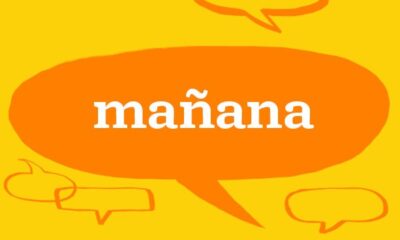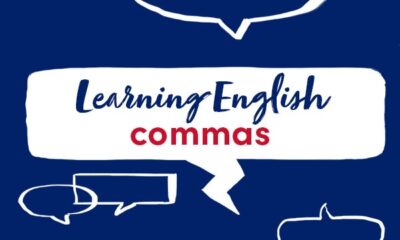The comma marks a short pause between elements in a sentence. Main clauses that are joined together with and or but do not normally have a comma before the conjunction unless the two clauses have different subjects. You go out of the door and turn immediately left. It was cold outside, but we decided to…
Read More







